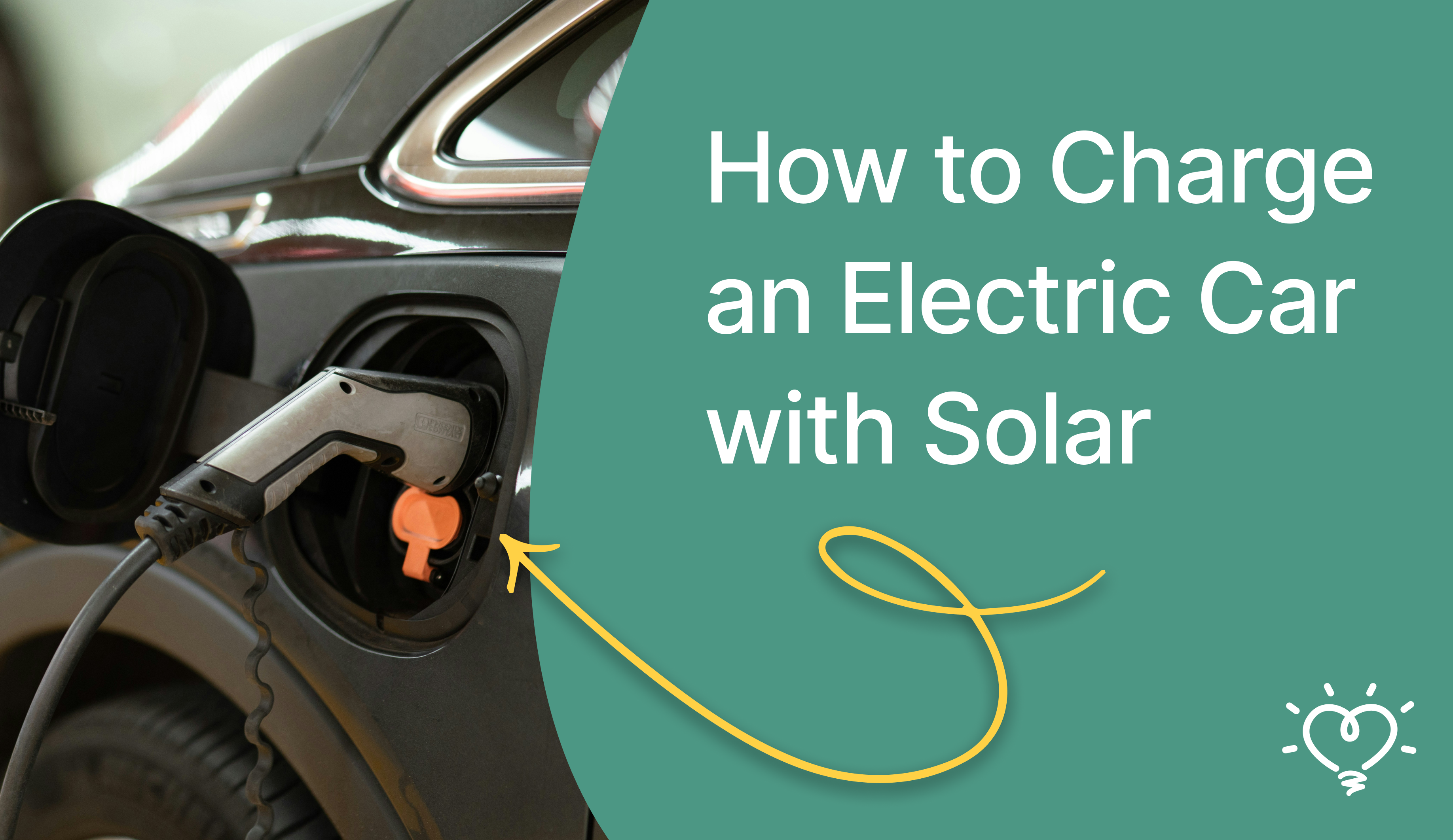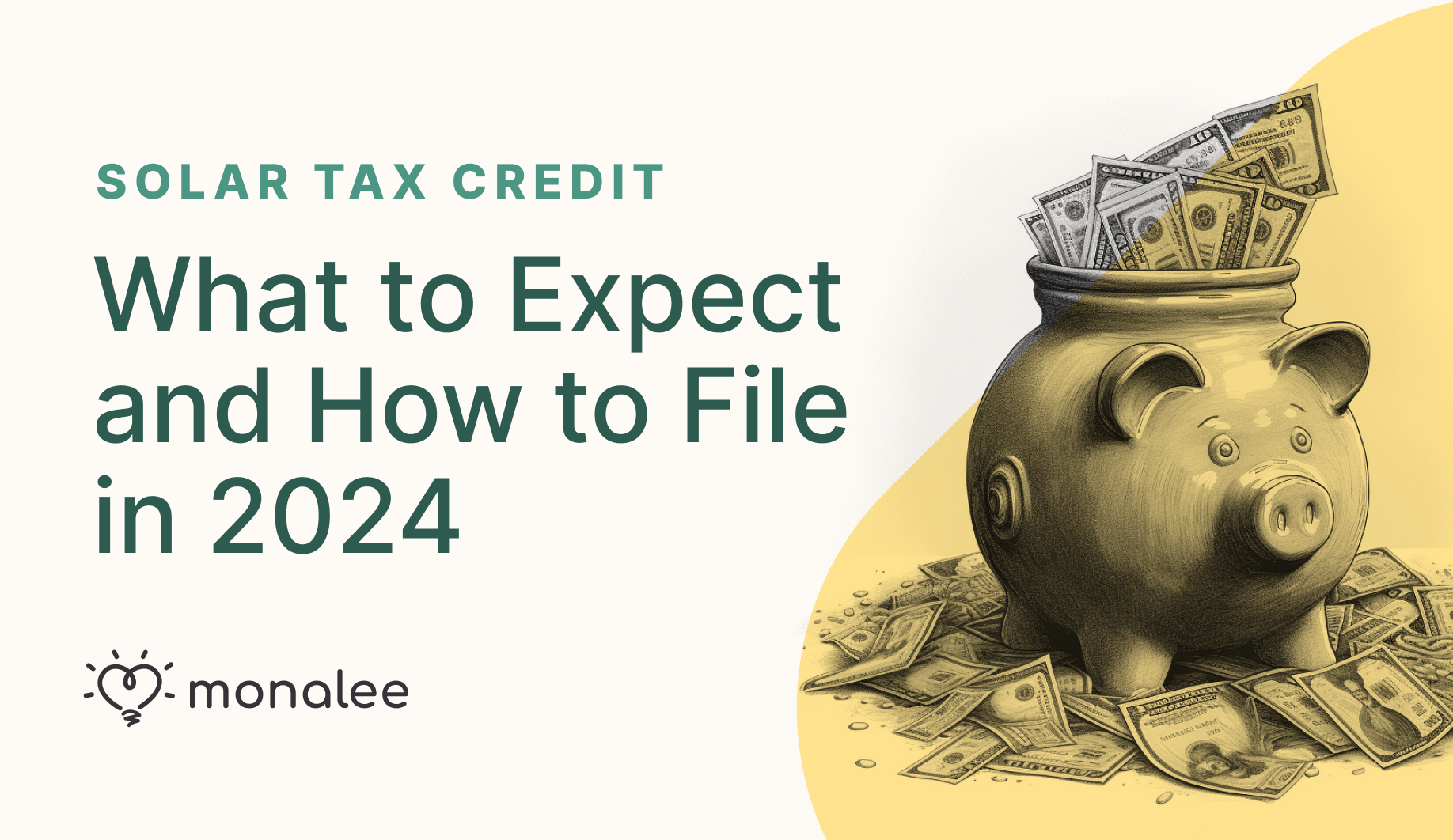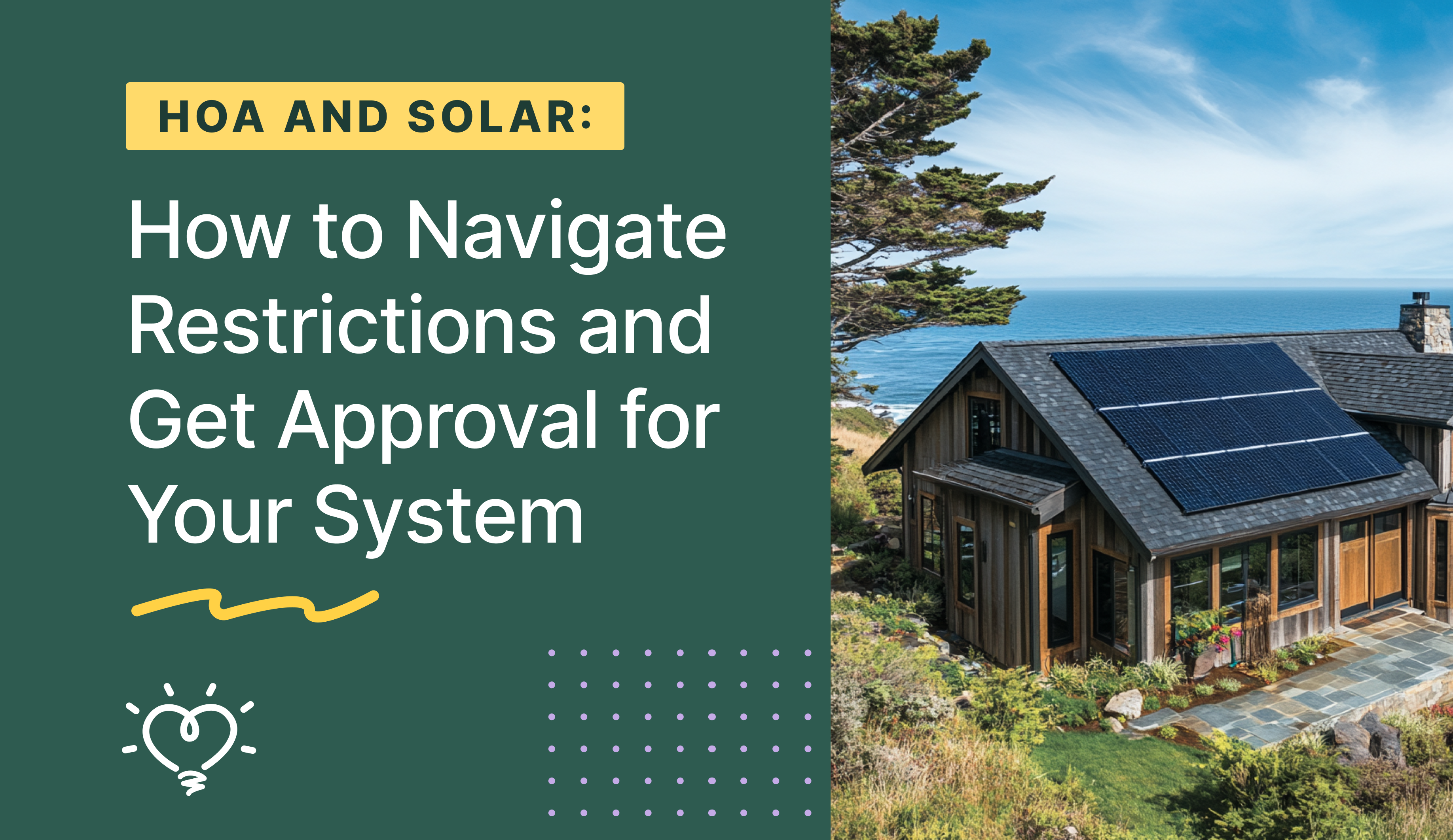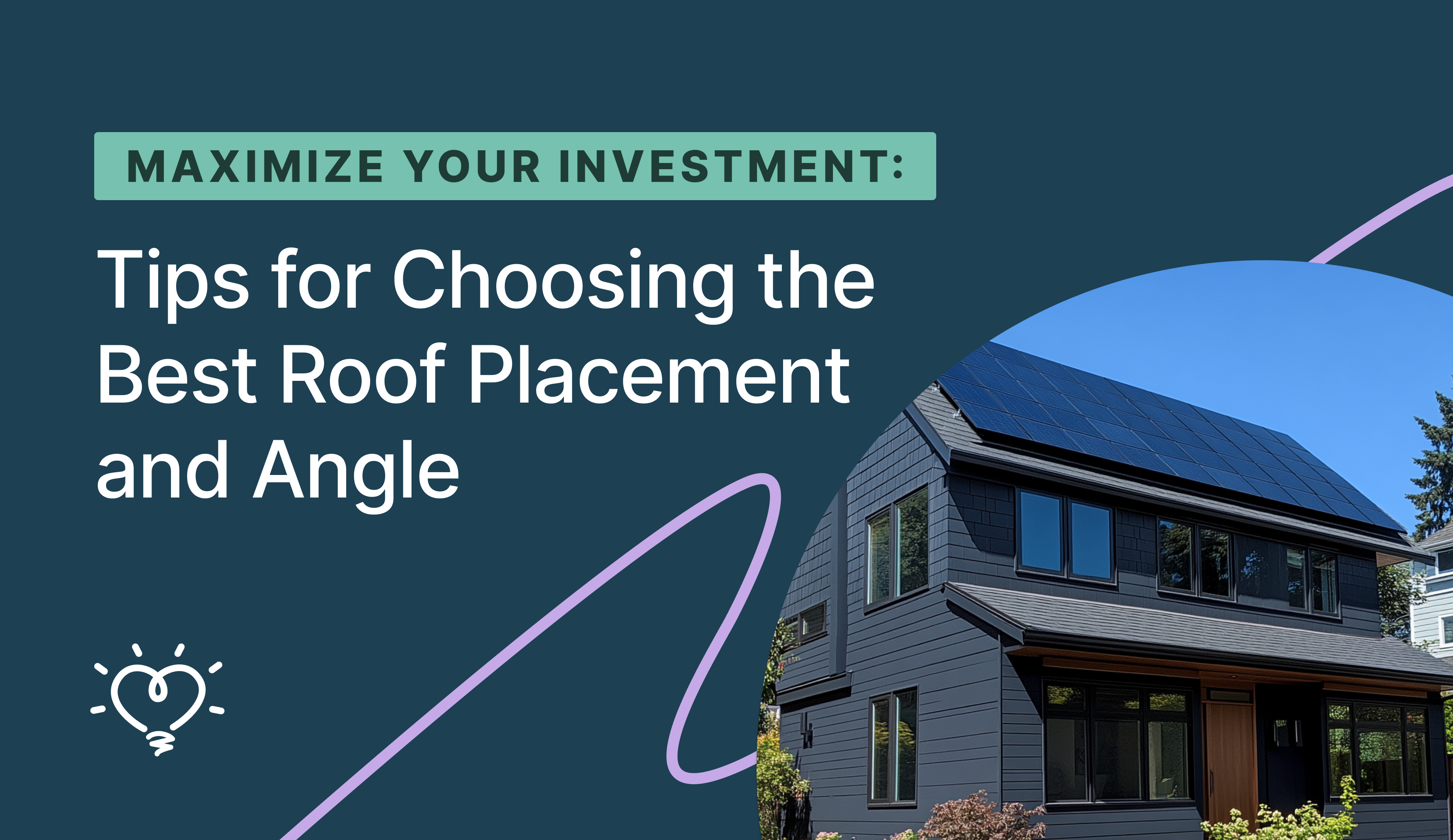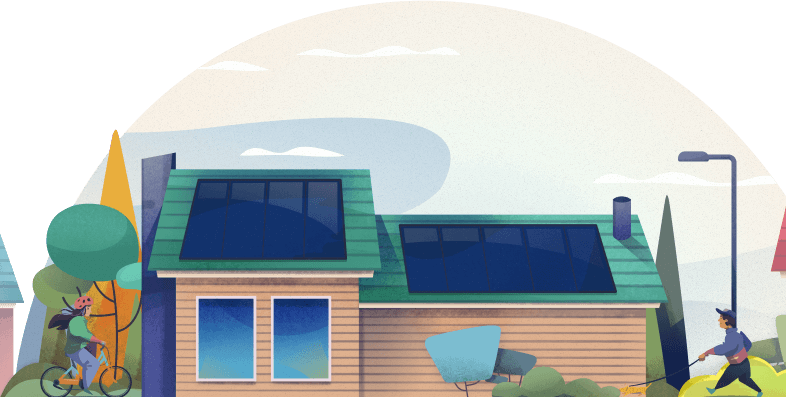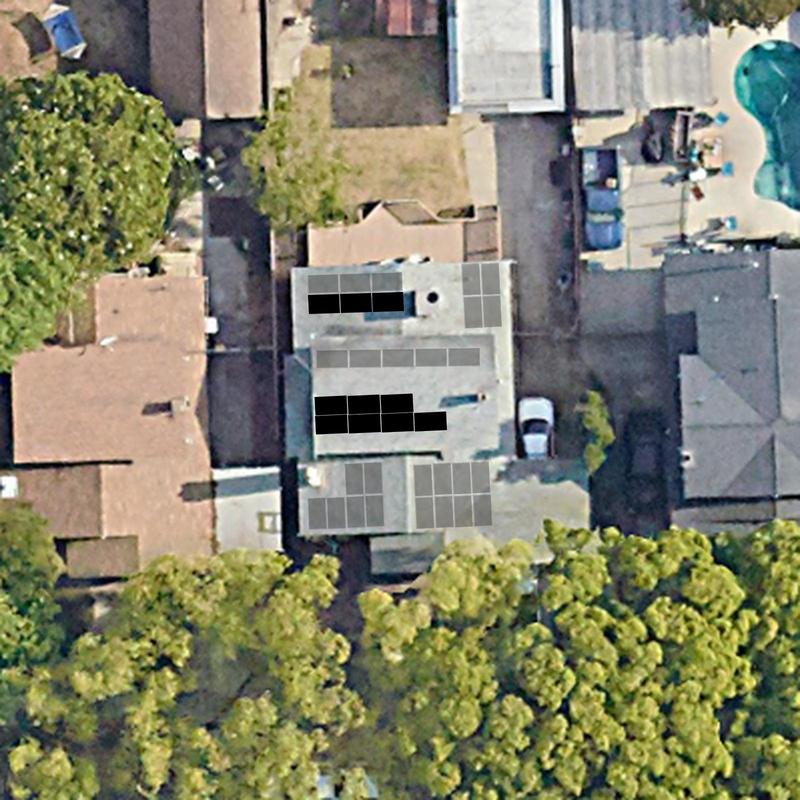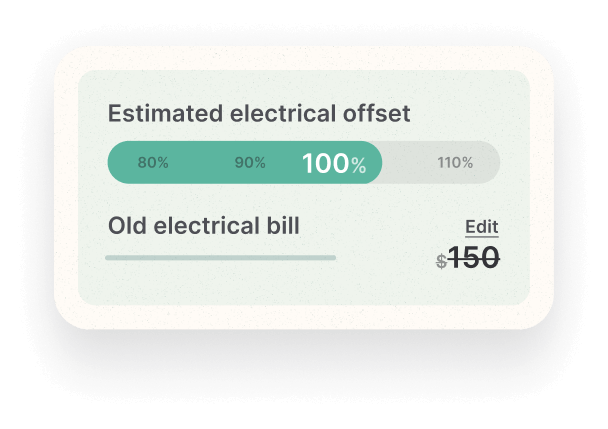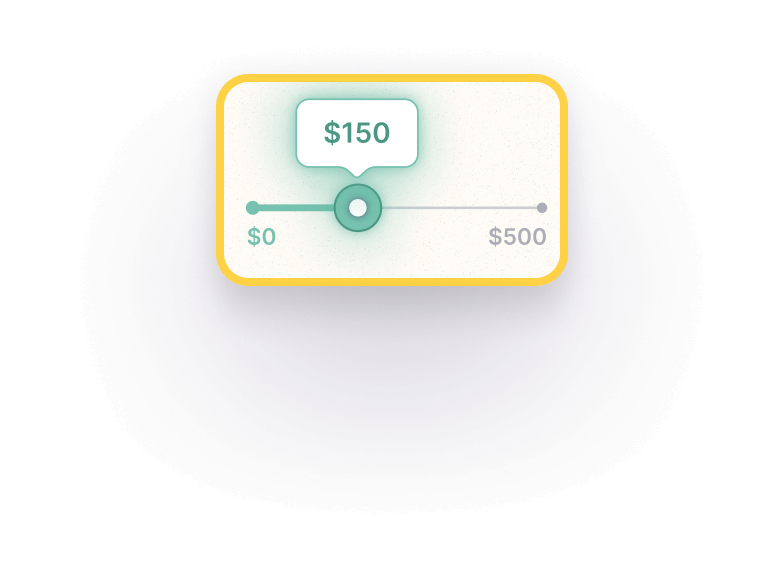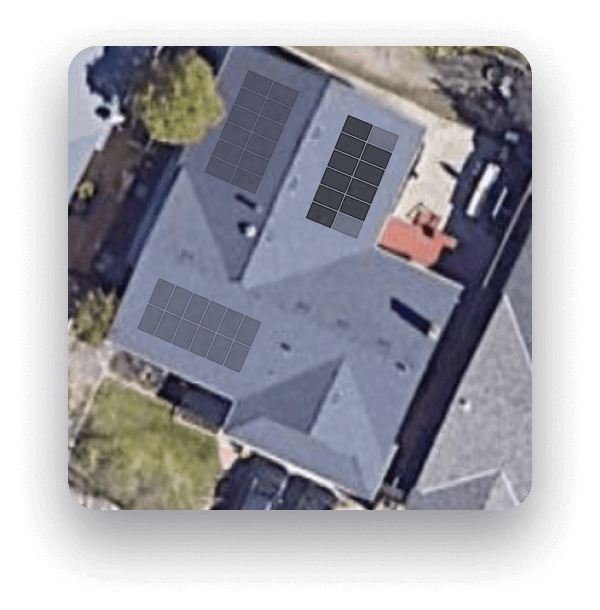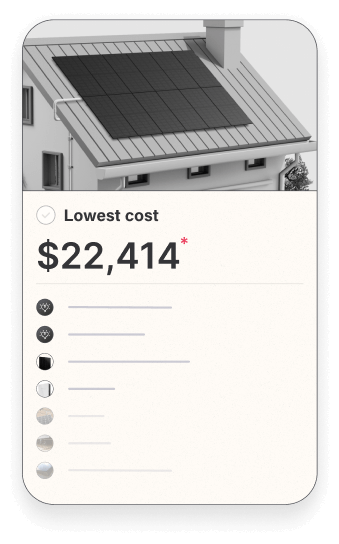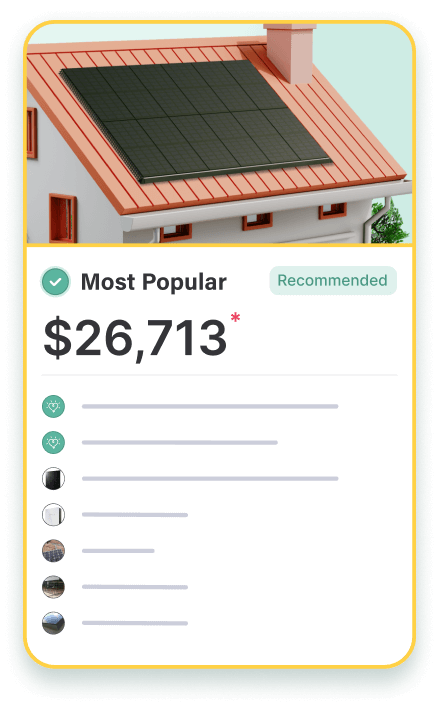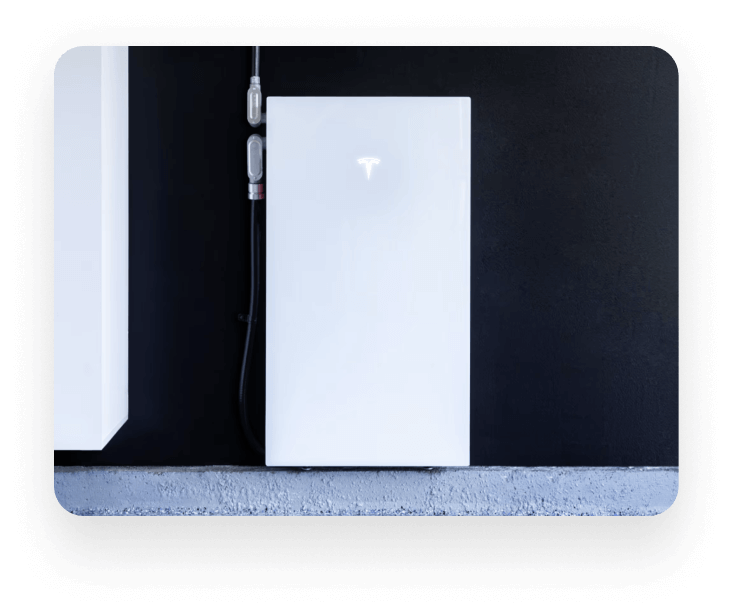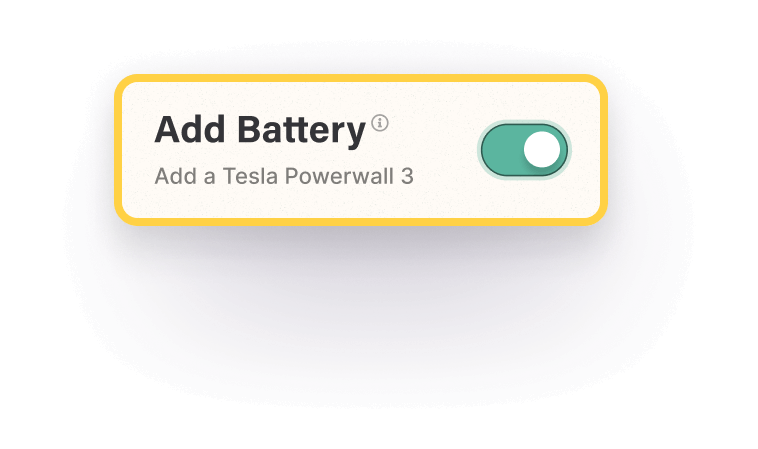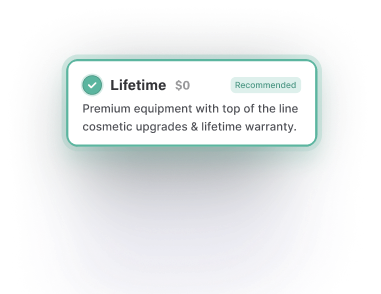All you need is an active solar panel system, an inverter, and a level 2 EV charger.
If you’re wondering whether you can charge an electric vehicle with solar panels, the answer is yes!
The first step is to invest in one or more solar batteries so that you can easily ‘house’ the excess energy your system produces and use it at a later time. Most people will use their excess energy to power their homes at night–when the sun is down–or to charge their electric vehicle. Alternatively, you can add a few extra solar panels to your existing system in order to produce more energy.
Those living in sunny destinations where their solar panels are exposed to sun for long-periods throughout the day may find that they don’t need to use their backup reserves all that often. It’s fully possible to fully power both your home and your electric vehicle at the same time.
Alternatively, you can add a few extra solar panels to your existing system. More panels equal higher energy production, which translates to e and you can use this extra energy to charge your EV.
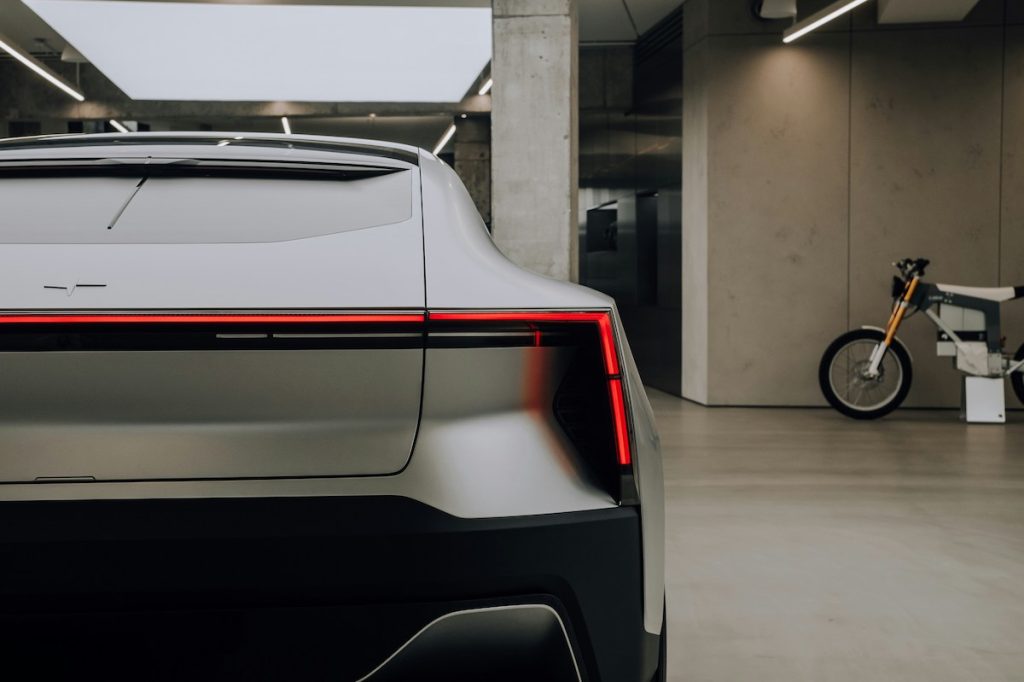
How many panels does it take to offset an EV?
According to the EV Database and as reported by Solar Reviews, the average EV uses 0.3 kWh per mile and the average driver travels about 1,207 miles every month. This means that the average electric vehicle uses about 362 kWh per month.
Solar Reviews recommends dividing the size of one’s solar system in kW by the output of the solar panels they’re using. Most home solar systems have a 400-watt power output, or 0.4 kW. When you divide this number by the system size (2.4 kW for example), it comes out to six solar panels.
While this is a good baseline estimate, it’s important to remember that energy needs vary by household. Adding anywhere from five to eight solar panels is a safe bet.
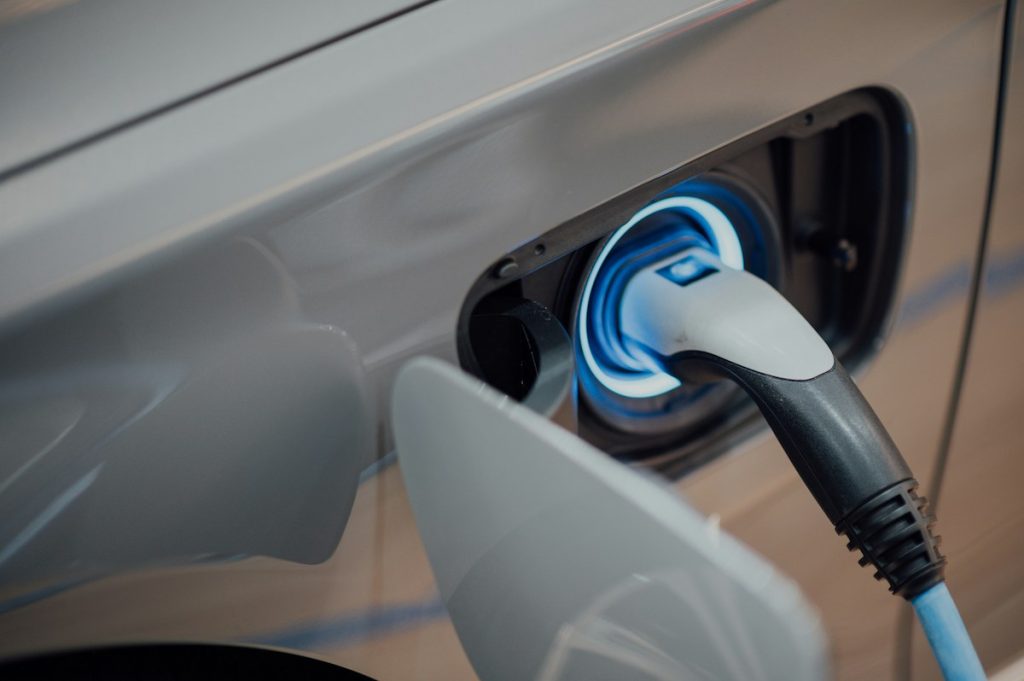
Benefits to charging electric vehicles with solar
Going solar comes with significant benefits for both homeowners and the planet. Here are a few reasons to start charging your electric vehicle with solar energy.
Positive environmental impact
Solar energy is a clean, renewable energy source. Since it doesn’t create carbon emissions or other “greenhouse” gasses, it avoids the environmental damage that comes from mining or drilling for fossil fuels. A solar plant also uses little-to-no water, unlike power plants that generate electricity through steam turbines.
Lower electrical bills
Homeowners we work with usually start seeing savings in as little as two to three billing cycles. Overtime, you’re looking at upwards of $20,000 in savings. Plus, depending on where you live, you may be able to earn more money back through statewide tax incentives, rebates, and other programs like net metering and SRECs.
Strong return on investment (ROI)
No matter which way you look at it, going solar is a smart investment. Homeowners who go solar with Monalee save up to 50% off the total price when compared to traditional solar companies in their area. This means that they’re able to recoup the costs of their initial investment in as little as five to seven years (depending on several factors).
Long lifespan
Depending on the system, usage, climate, and other factors, solar panels typically last upwards of 25 years. Tier One solar panels–like the panels we use for Monalee installations–have a rate of 0.30% degradation year over year, while Tier Two has 0.50% and Tier Three has 0.80-percent.
Energy independence
Going solar is an effective way to achieve energy independence by generating power for yourself. This is especially helpful if there’s a power outage or you live off the grid. It also helps the U.S. become less dependent on other nations for imported resources (especially nonrenewable). Plus, it gives you the option to use excess energy from your system to charge your car.
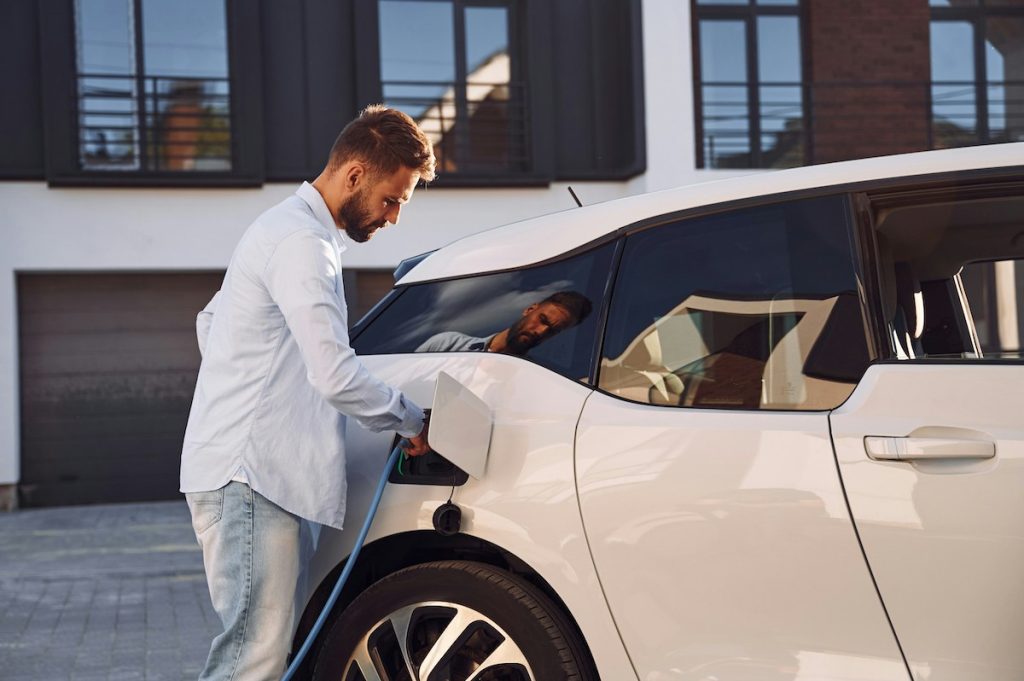
Potential challenges to plan for
Choosing to charge your EV vehicle with solar is convenient and saves a lot of time. That said, there are a few factors to consider ahead of time.
Initial upfront investment
Investing in solar energy for your home is a big decision and one that often comes with a high price tag. This is especially true when you opt to add one or more solar batteries to your project. At Monalee, we’re able to eliminate many of the soft costs associated with going solar and we pass these savings directly to the customer.
Buying ample solar batteries
If you’re planning to regularly charge your electric vehicle from the energy produced from your solar system, buying a solar battery is recommended. In fact, many homeowners who decide to add solar batteries to their Monalee projects, add one or more batteries. As mentioned above, batteries can be costly and require a higher budget.
Grid connection
Even though solar batteries allow you to be fully energy independent, we still recommend that you remain connected to your local grid. Having no grid backup can be dangerous should a big storm roll into town or a piece of solar equipment break. For these reasons, most AHJs don’t allow homeowners to completely disconnect their homes from the grid.
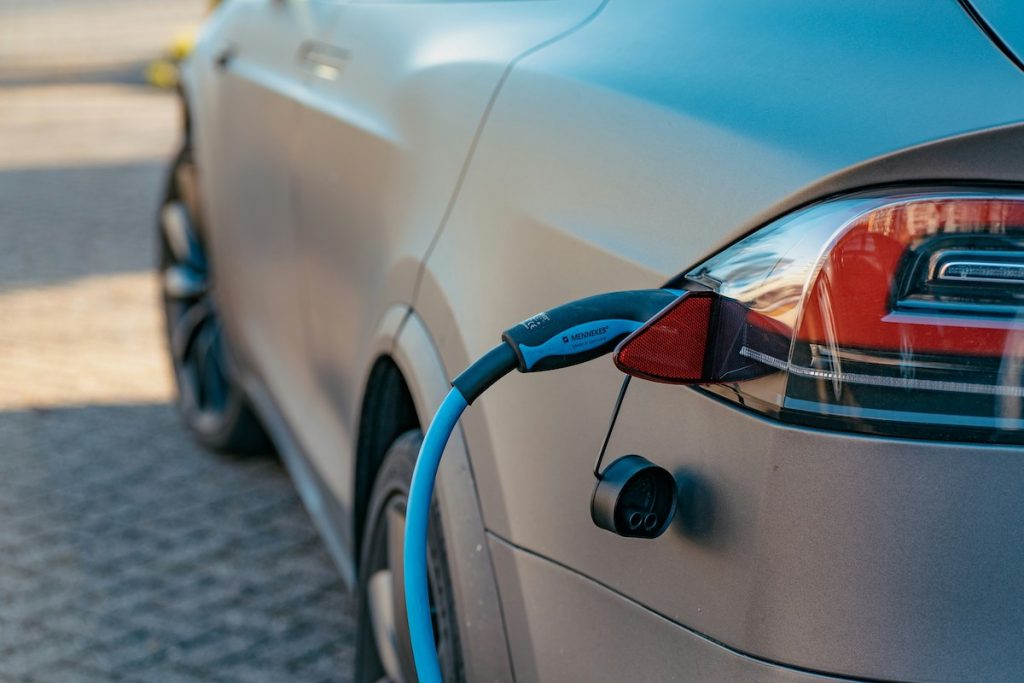
In Conclusion
Homeowners who switch to solar energy can power both their houses and their electric vehicles. Adding one or more batteries to your solar project allows you to store excess energy from your solar panels and use it to power your home during off-peak hours as well as your vehicle. You can also add solar panels to your roof in an effort to increase energy production.
